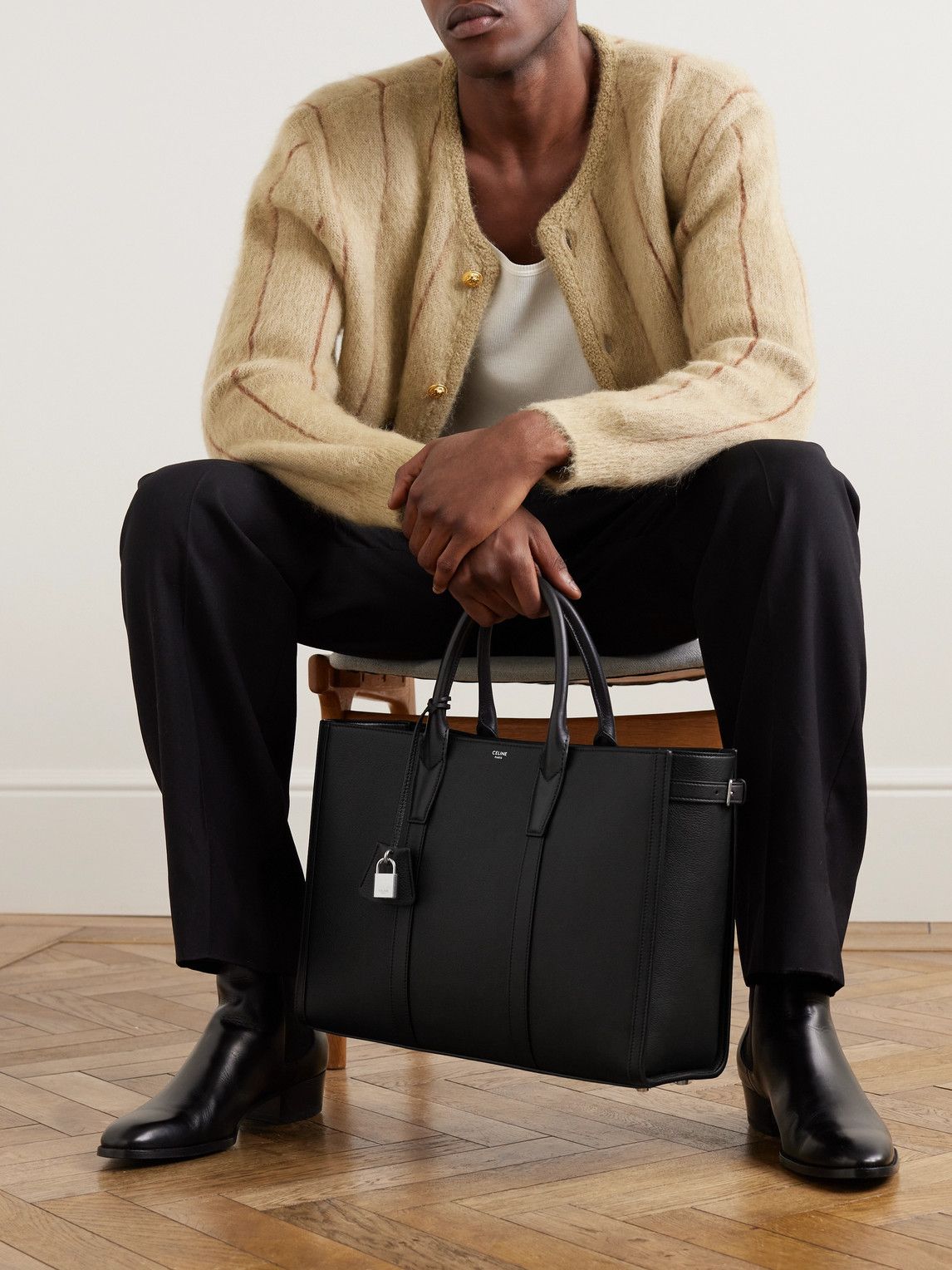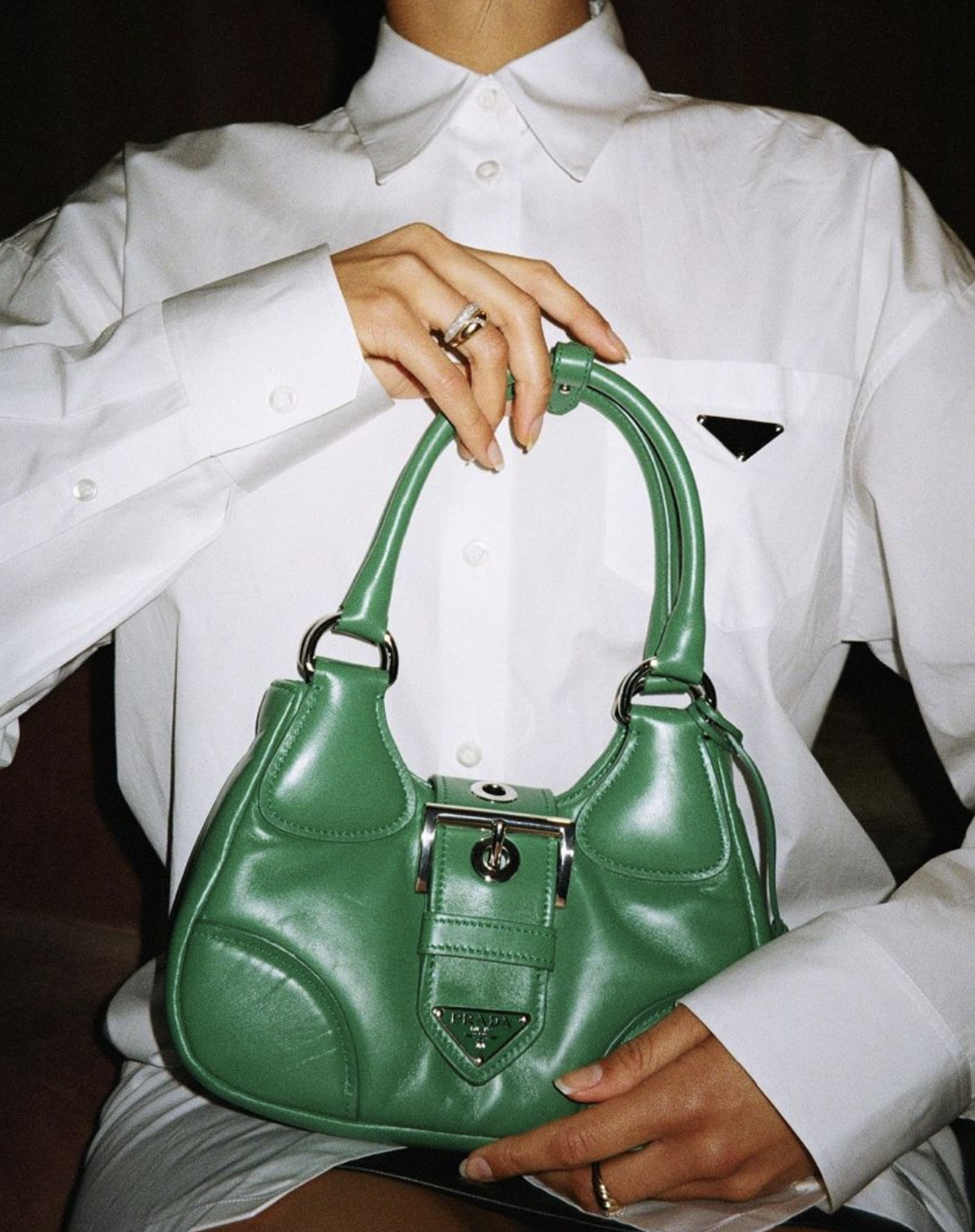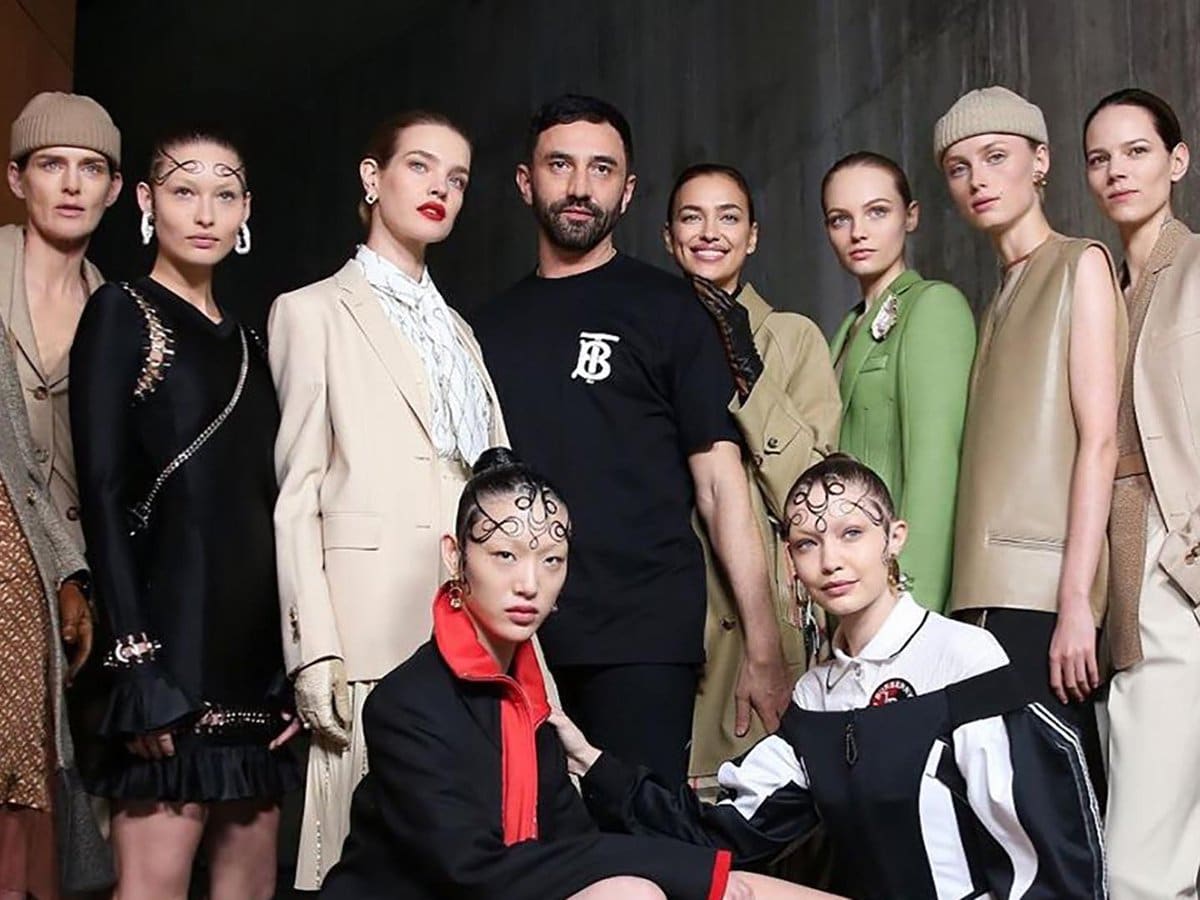Before Phoebe Philo’s arrival, Celine was recognized largely for its understated French elegance and quality leather goods but lacked a distinctive identity in the crowded luxury market. When Philo took the creative helm in 2008, she envisioned not just a change in collections but a resurrection of the brand’s very ethos. Drawing from her previous experience at Chloé and her sharp understanding of contemporary women’s needs, Philo propelled Celine into a powerhouse of minimalism, sophistication, and modern luxury.
Defining an Era: The Cult of Minimalism
Phoebe Philo’s period at Celine became closely associated with minimalistic elegance. Instead of embracing the lavish and decorative styles that were trendy then, she refined her collections to emphasize clean lines, creative tailoring, and premium materials. A notable instance is the Spring/Summer 2010 collection, which displayed sleek, structured designs, pristine white shirts, and groundbreaking tailoring that revamped women’s professional attire.
Her vision resonated with a growing demographic of women—professionals, creatives, and tastemakers—who demanded both functionality and elegance. By championing a pared-down approach, Philo articulated a new vocabulary for luxury, moving away from conspicuous logos and over-decoration in favor of subtlety and substance. This direction not only distinguished Celine within LVMH’s brand portfolio but also set the pace for competing luxury fashion houses.
Famous Items and Fresh Necessities
The product strategy under Philo’s leadership was as influential as her runway approach. She introduced handbags that quickly became status symbols, such as the Luggage Tote, Trapeze, and the Trio crossbody. These designs embodied Philo’s appreciation for practicality while maintaining a sculptural and almost architectural presence. The Luggage Tote, characterized by its “face-like” design and sturdy form, was frequently spotted on celebrities, influencers, and everyday women. Sales figures reflected the popularity: within just a year, Celine’s leather goods sales soared, and waiting lists for key items became the norm.
Footwear underwent a contemporary update, featuring sock boots and skate shoes that predicted fashion trends well before they became widely popular. The reimagining of traditional wardrobe essentials—such as large coats, sharp shirts, and loose-fitting trousers—established the style for a whole decade of high-end fashion.
Shaping Fashion Culture
Philo’s time in charge was characterized by fostering a heartfelt bond between women and their clothing. Her fashion lines often incorporated elements from everyday life and were meant for practical use, not just for show. The renowned advertising series, captured by Juergen Teller, avoided excessively-staged or overly-perfect visuals, opting instead for genuine, spontaneous realism. This distinctive style resonated with the sincerity that was synonymous with contemporary luxury in that era.
Her influence extended beyond clothing and accessories to become a philosophy of how women view themselves: empowered, intelligent, and uninterested in passing trends. The phrase “Philo woman” entered fashion lexicon, evoking an image of subtle confidence, independence, and creative discernment.
Company Outcomes and Sector Reaction
The commercial impact of Philo’s creative leadership was profound. Celine’s revenues reportedly grew threefold, and boutiques globally experienced increased foot traffic from a new demographic attracted by Philo’s vision. Industry observers noted that during her tenure, Celine’s profile among luxury consumers rose dramatically, placing it alongside legacy names such as Chanel and Hermès in terms of desirability.
Competitors began to echo Philo’s minimalist aesthetic—a testament to the movement she sparked. Designers like Daniel Lee at Bottega Veneta and Demna Gvasalia at Balenciaga began to incorporate aspects of her ethos, proving her enduring legacy. The influence also permeated fast fashion, as streamlined silhouettes and neutral palettes became ubiquitous across retail sectors.
Enduring Impact and Aftereffects Following Exit
When Phoebe Philo departed Celine in 2017, there was palpable apprehension within both the fashion industry and among consumers. Her absence was seen not just as a change in creative direction, but as the end of an era that had defined contemporary women’s fashion. What followed were signs of “Philo withdrawal”—online communities like “Old Céline” emerged, celebrating her collections and even driving up resale prices for Philo-era pieces.
The clamor for her return has rarely quieted, culminating in heavy anticipation for her subsequent creative projects. Numerous alumni from her Celine tenure have gone on to leave an imprint across the industry, bringing facets of her working process, approach to minimalism, and focus on authenticity to other brands.
Phoebe Philo’s era at Celine went beyond enhancing a high-end brand; it sparked a generational change in women’s fashion perceptions and self-view. Her focus on importance, excellence, and practicality reshaped fashion’s goals, urging both buyers and industry figures to prioritize depth as much as aesthetics. Currently, the discourse about “quiet luxury” and thoughtful minimalism endures—a proof of the framework she crafted while at Celine. Through her contributions, Celine not only made its presence known but, under Philo’s guidance, set a new benchmark for contemporary attire.





